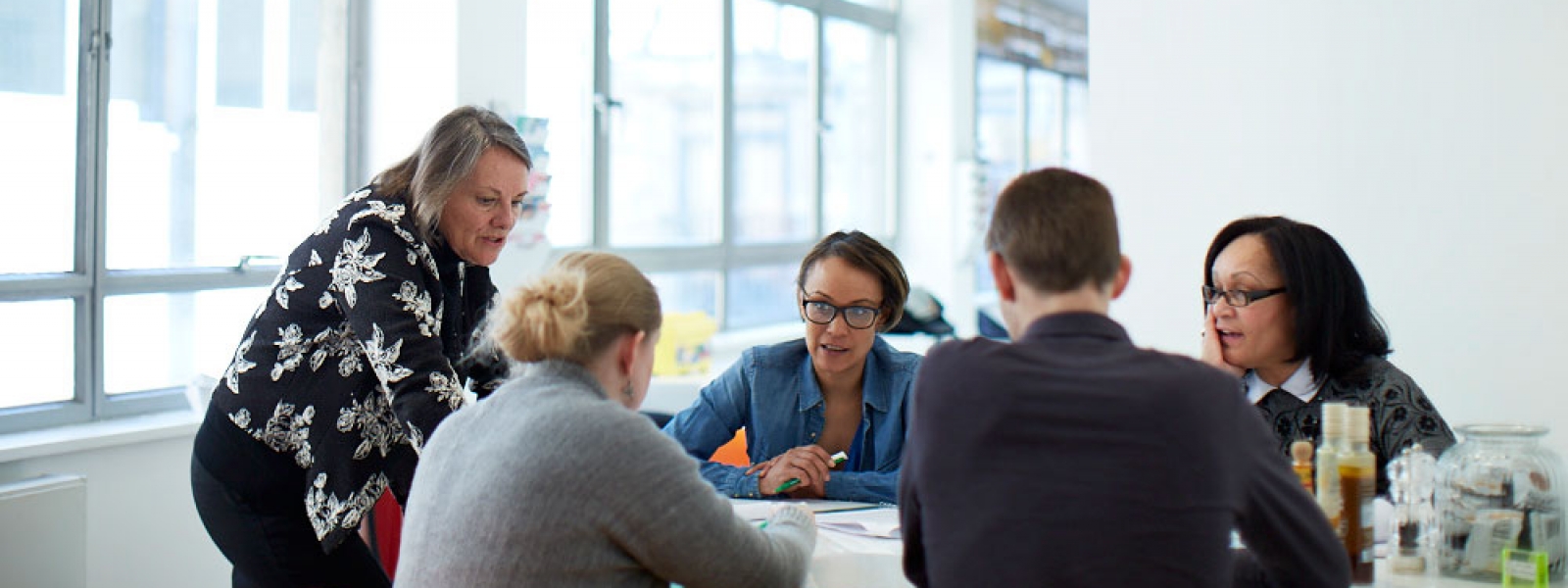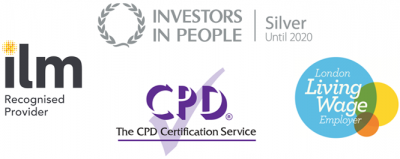Feb
05
2018
3 ways to make your workplace more inclusive
February marks the start of LGBT history month; a month-long annual observance of LGBT history and related civil rights movements. Now in its 13th year, this month of celebration and recognition sees hundreds of events up and down the UK. This is also the perfect time to assess how inclusive your workplace is, and start making those important improvements.
Get feedback from your team – and take action!
Want to know how to make your workplace more inclusive? Why not start with actually asking those who may feel excluded at times. There are a number of ways you can do this, maybe a face to face open discussion, or an anonymous survey? But remember that regardless of how you gather this feedback, you need make sure that you’re creating a safe space and leave any judgements or prejudices at the door.
Be open to the feedback and take time to understand the points that have been raised. You can gather all the feedback you want, but if it isn’t being used to drive change and progress you may as well have not done it!
Change your culture from the top down
Creating an inclusive culture has to start at a leadership level; it needs to become a company goal or it just won’t happen! Leaders need to be seen actively taking interest in developing the workplace; they need to demonstrate that it is a priority.
Once the top have set the tone it’s easy to extend that attitude throughout the organisation, however it’s important to ensure that the change is lasting and that team members don’t revert back to ‘old ways’.
Invest in Equality, diversity and inclusion training
A lot of biases are subconscious, meaning that many people don’t even know that they are biased. If a team member isn’t even aware of their bias they certainly won’t be able to overcome it! By investing in appropriate training team members will have the opportunity to learn, develop, and understand any biases they may have – whether they’re subconscious or not!
Training will also give staff more confidence in recognising and dealing with issues as they may be unsure on what is, and importantly what isn’t, acceptable.
Discover more about our Equality, diversity and inclusion course here


